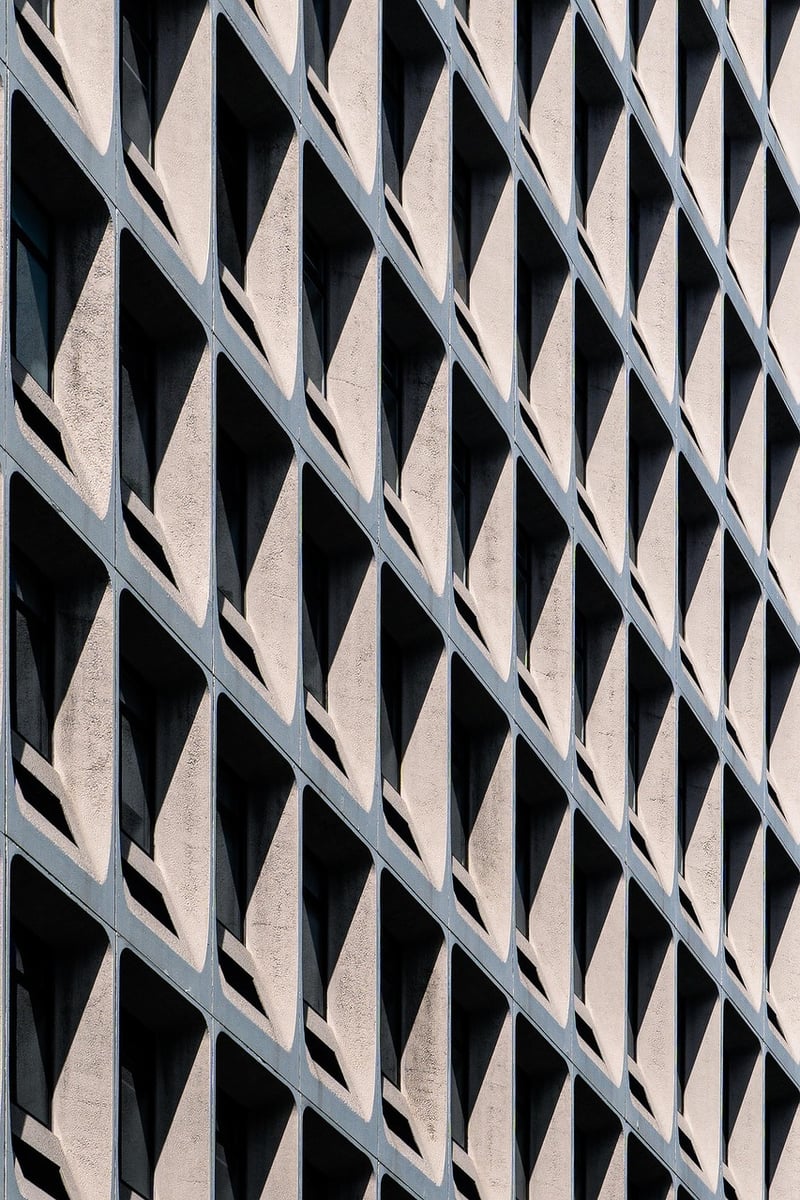Contemporary
The Art of Expressive Movement in Contemporary Dance
Contemporary dance is a dynamic and expressive form of art that combines elements of various dance styles to create unique and innovative performances. One of the key components that set contemporary dance apart is its focus on expressive movement.
What is Expressive Movement?
Expressive movement in dance refers to the use of the body to convey emotions, tell stories, and evoke feelings in the audience. Dancers use their entire body - from head to toe - to communicate a wide range of emotions and ideas through movement. This form of dance encourages performers to tap into their creativity and explore new ways of moving that go beyond traditional techniques.
Key Elements of Expressive Movement in Contemporary Dance
- Fluidity: Contemporary dancers often focus on creating seamless and fluid movements that flow naturally from one to the next. This fluidity helps convey a sense of continuity and grace in their performances.
- Emotional Depth: Expressive movement in contemporary dance aims to evoke deep emotions and connect with the audience on a visceral level. Dancers use their movements to express joy, sorrow, love, anger, and everything in between.
- Physicality: Contemporary dancers push the boundaries of physicality, exploring the full range of motion of the human body. This exploration results in striking and visually captivating movements that challenge traditional notions of dance.
- Improvisation: Many contemporary dance pieces incorporate elements of improvisation, allowing dancers to express themselves in the moment and respond to the music, emotions, and interactions with other performers.
Expressive Movement in Practice
To better understand how expressive movement is applied in contemporary dance, let's look at an example from a recent performance:
In a piece titled "Surrender," choreographed by renowned contemporary dancer and choreographer, Sarah Jones, the dancers move with a sense of vulnerability and surrender. Their bodies twist and contort, conveying a feeling of release and letting go. Through powerful leaps and intricate floorwork, the dancers express a range of emotions, from desperation to liberation.

This performance exemplifies how expressive movement can elevate a dance piece, creating a profound and moving experience for both performers and audiences.
Conclusion
Expressive movement plays a central role in contemporary dance, allowing dancers to communicate and connect with their audience on a deeper level. By exploring fluidity, emotional depth, physicality, and improvisation, contemporary dancers continue to push the boundaries of artistic expression and creativity in the world of dance.
Next time you watch a contemporary dance performance, pay close attention to the expressive movements of the dancers and feel the emotions they convey through their art.
